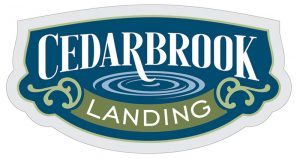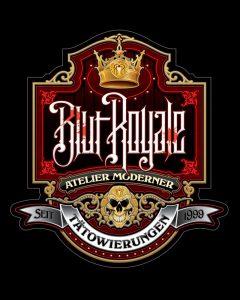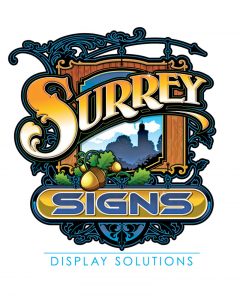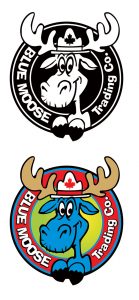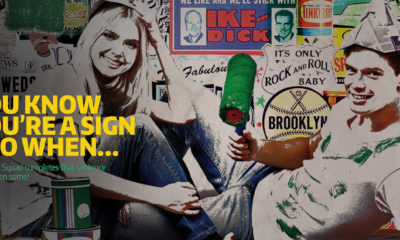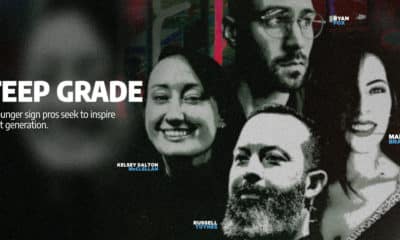EVERY SIGN DESIGNER knows that there are only two types of logos: the kind the customer already has, and the kind the customer still needs. The first type often comes with strict rules, PMS color requirements, sizing specifications and usage guidelines. The digital files can seem as though they were created in a clean-room lab as the result of an integrated branding study. Despite their high pedigree (and higher price), these logos often require hours of tedious file-modification before they can be transformed into a proper sign – pro bono file-modification for many designers.
The opportunity to create a logo from scratch, though, is the “unicorn” project that drives many a creative to dream up logos that define a business, define a neighborhood and define a signshop. These are the projects that allow you to show off your particular set of skills (in my best Liam Neeson voice). However, to reach that creative nirvana, a designer must decide how to work with – and charge – clients. A few of the industry’s most talented designers weighed in on how they manage to saddle that unicorn and get to serious work.
WOW-ING THE CUSTOMER
When a customer messages, calls or visits your shop to discuss their project, listening is key. “You get little tidbits from people. Maybe they bring a little sketch to show you. Then you have to elaborate on it,” said Bob Lacy, proprietor of Chatham Sign Shop (Chatham, MA). “Then there’s a lot of back and forth.”
“First, we talk about the type of look they want,” said Jason Nale, owner and designer of Nazareth Sign Co. (Nazareth, PA). “I prefer customers that want my style. I’ve done enough work now that I can weed out the customers that want clip-art, Etsy-ish logos.
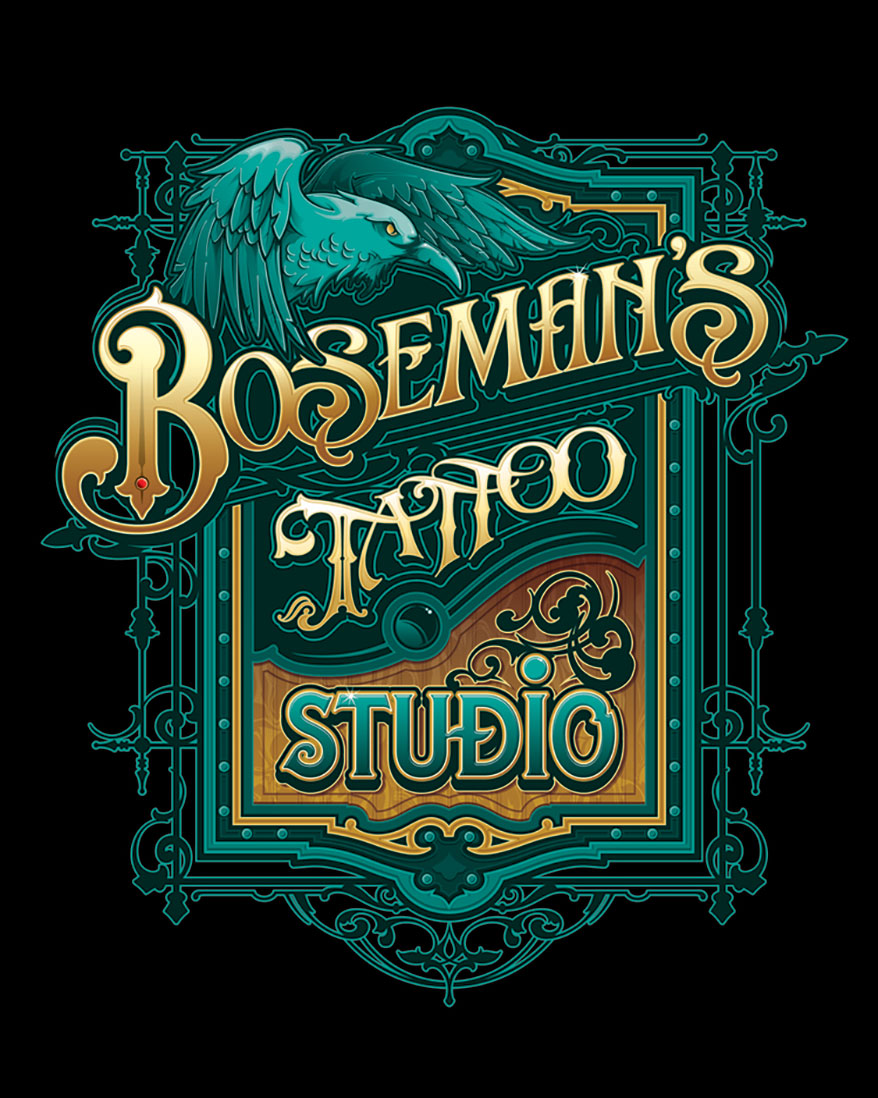
Jason Nale, Nazareth Sign Co., takes special care to make sure all of the intricate details in his designs are just right. Through the internet, Nale does work for clients all around the globe.
Elaine Wallis, partner and designer at Signature Sign & Image (Niagara Falls, ON, Canada) starts at the source. “I really look at where the sign will go, its vantage points, where it will be seen.” She designs from there. “That means scale, impact… it’s got to have a wow factor. Everything else is secondary.”
Advertisement
Lacy asks for location photos before he or his designer, Tim Graham, begins the creative work. “We like to get a picture of where a sign is going, with dimensions. That way we can paste in a mock-up,” he said. Lacy’s next step is research. “Then we gather information,” he said. “We go to their store, or their website.” Getting a feel for a customer’s business gives their designs an edge. “We might see something or think of something that someone else might miss.” Then the selling kicks in. “You got to hit them with what you really want to sell. Be specific about what they’re getting,” Lacy advised.
After discussing the formal qualities of the project, what then? Again, Wallis gets straight to the point: “I show the customer one [sketch],” she said. “I’ve done three or five [sketches] by then, and worked it out. I kind of talk them through it. Clients trust you.” Nale agreed. “I’m a one-proof guy. I like to do one design and send it to them. They can make changes from there.”
TO FEE OR NOT TO FEE
So, with design concepts in your head, on paper and probably in your computer, have you made any money yet? For some shops, charging a line-item design fee isn’t possible. Fortunately, there are other ways to compensate. “I don’t charge by the hour,” Nale said. “I charge by the job, based on the complexity of the graphic.” The design fee is folded into the total price.
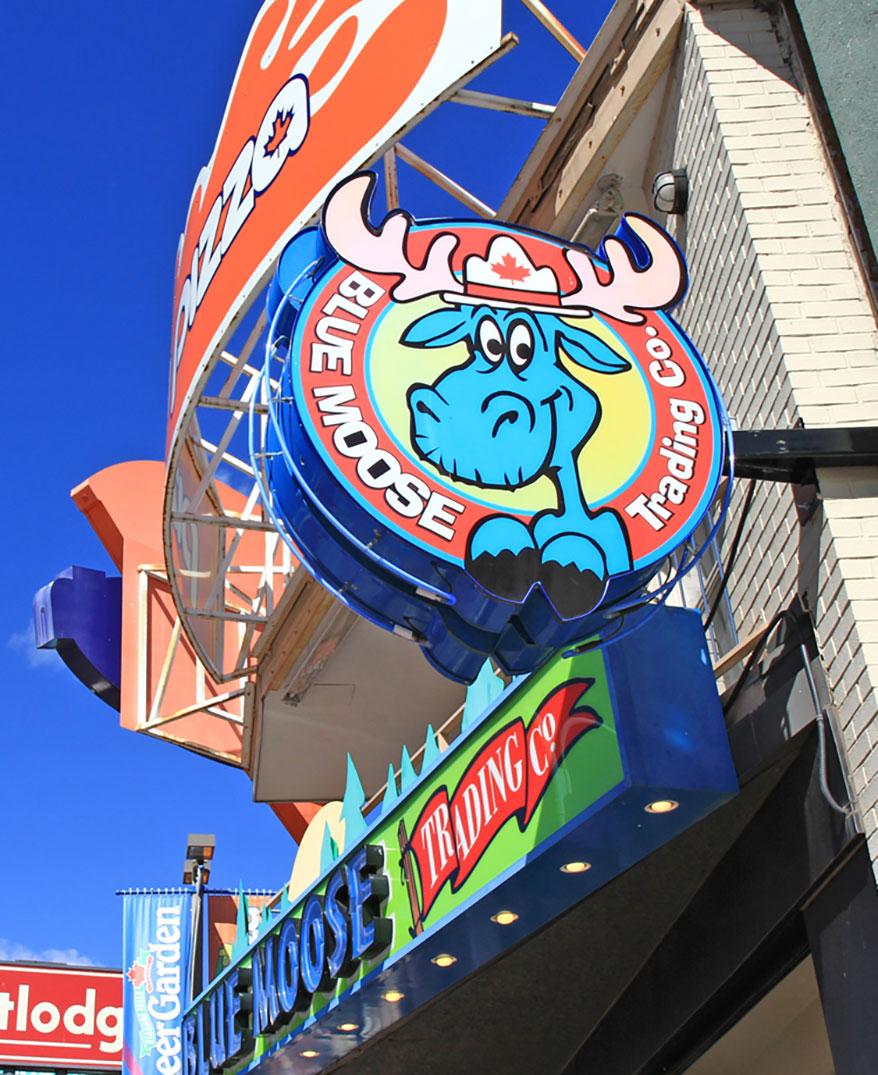
Elaine Wallis, Signature Sign & Image, designed the Blue Moose logo for the Niagara Clifton Group.
Lacy takes a pragmatic approach. “In order to get the job, you’ve got to understand that you have to give away something,” he said. “Sometimes I’ll get a deposit. If they don’t buy the sign, [they] sacrifice the deposit.” This “kill fee” helps to ensure some remuneration.
Signature Sign & Image adds an agreed-upon, design-specific fee to the final bill. Reasonably priced, good design represents an immense value.
Advertisement
CREATIVE DIFFERENCES
Now it’s time to get to work. Chatham Sign Shop uses SAi’s Flexi software to create their designs, and the software integrates seamlessly with their CNC. They still hand-carve when necessary, and do all of their 23k gold-leaf work in-house.
Nale also starts at his computer, but gets down to business using Adobe Illustrator with a mouse, not a stylus. And about those fonts: “I collect really good fonts,” he said. “They give me a base. I can alter them all I want, and I do.” Nale credits his uniquely modern-yet-retro style to his fine-arts background. “I pride myself on layout, and I do have a good eye for color. I like my logos to pop.” Nale reflected further: “Do I worry about readability? Yes, I do.”
Wallis prefers a more tactile method. “I always start with a pencil,” she said. “I photograph my sketch and bring it into Adobe Fresco and draw layers with an iPen on my tablet. Then I export the vector file to my desktop system and work in Photoshop and CorelDRAW. I go back and forth.” Wallis completes the vector file and hands it off to her engineering department. This smooth transition is possible because Signature Sign & Image fabricates everything in-house.
FINAL THOUGHTS
With the designs completed, and the signs built and installed, is the job done? Not quite yet. Custom logo designs are routinely used in non-sign applications such as menus, t-shirts and in advertisements across all media types – from coupons to TV spots. But do your clients have the right to use the logo for the sign in other ways?
Lacy has no problem with it. “If they use the logo elsewhere, that’s the way it is. We just love making the signs,” he said.
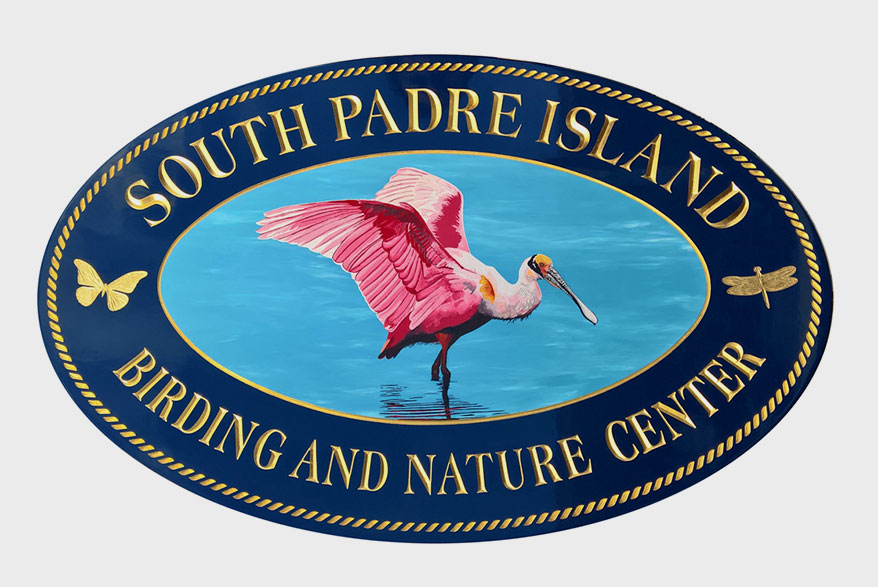
Bob Lacy of Chatham Sign Shop, and his designer Tim Graham, have populated Cape Cod with designs that have come to signify the region.
Advertisement
Both Nazareth Sign Company and Signature Sign & Design take it a step further and give their customers digital files to use however they see fit, often creating custom one-color versions free of charge. “The client can use my work on t-shirts, etc. But, I give them a jpg file, I never give them the original Illustrator file.” Nale said. Those native files can be modified too easily, plus sometimes they are difficult for clients to open.
All of these designers do agree on one thing, though. They want their work to be seen. “There’s so much competition, you have to stand out,” Nale said. “My goal is to make the sign stand out.”
Wallis agreed. “The sign really needs to have an original feel, like nobody else has that,” she said. “We sign designers love what we do – it’s who we are.”
PHOTO GALLERY ( 6 IMAGES)
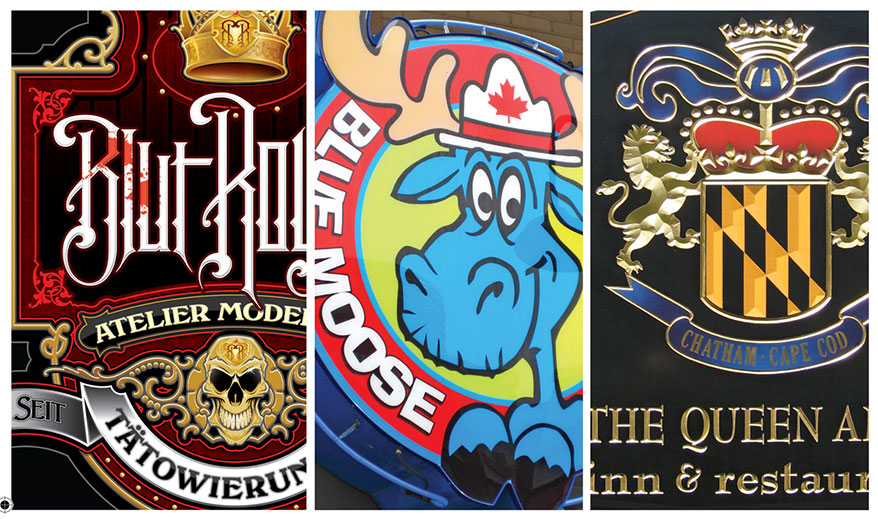


 Tip Sheet2 days ago
Tip Sheet2 days ago
 Business Management1 week ago
Business Management1 week ago
 Women in Signs1 week ago
Women in Signs1 week ago
 Real Deal3 days ago
Real Deal3 days ago
 Editor's Note7 days ago
Editor's Note7 days ago
 Maggie Harlow2 weeks ago
Maggie Harlow2 weeks ago
 Line Time1 week ago
Line Time1 week ago
 Product Buying + Technology1 week ago
Product Buying + Technology1 week ago



